Mastering Delivery App Development: A Comprehensive Guide
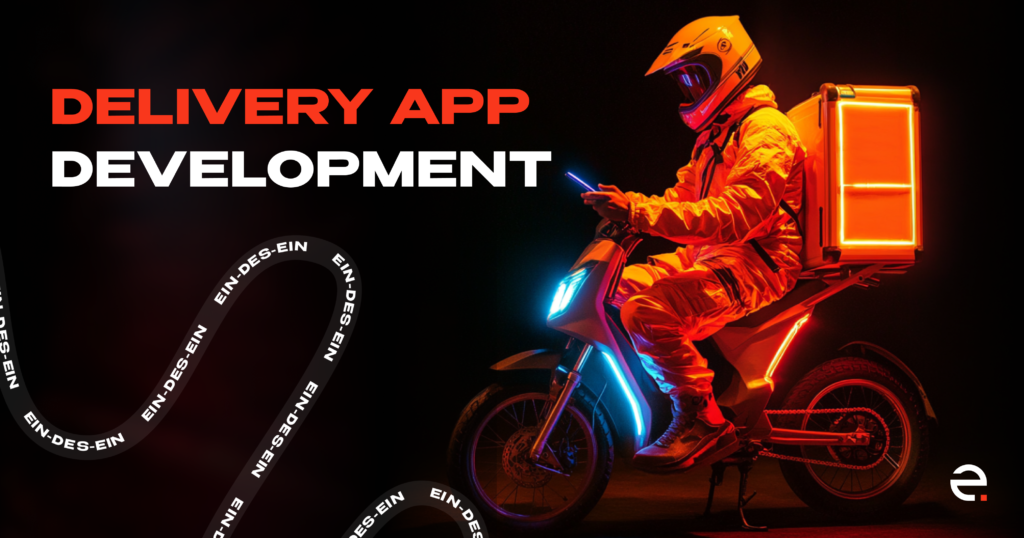
Today, there’s no need to spend time grocery shopping to prepare dinner – all you have to do is open your smartphone. It was during the pandemic, when food delivery became a necessity, that people fully recognized the convenience of the service.
Nowadays, the demand for delivery services hasn’t waned, and such applications remain a profitable idea. Delivery apps are expected to reach an annual revenue growth rate of over 8%, with a market volume of $291 billion by 2027. Interestingly, these apps are no longer limited solely to food. Couriers now deliver everything from health and beauty products to custom requests that users can specify directly in the app!
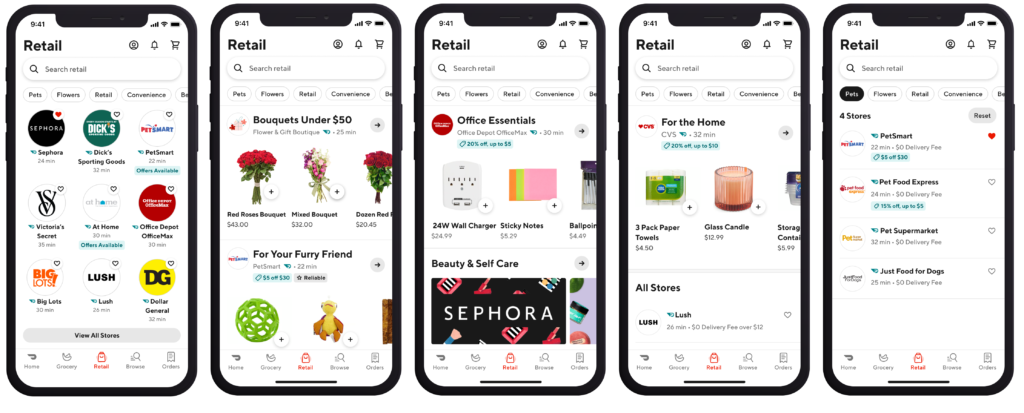
If you’re also wondering how to make a delivery service app that makes desired profits, this delivery app development guide will give you a complete overview of the key steps necessary for a successful launch.
Understanding the Dynamics of Delivery Apps
At their core, delivery apps act as intermediaries. They connect multiple parties: customers, service providers, and delivery personnel. Thus, it’s all about one word: COORDINATION. Efficient logistics and order prioritization are essential here. Orders get processed in real time, with platforms using algorithms to assign tasks to the nearest available delivery partner based on time and location.
No doubt that modern technology fuels the efficiency of these apps. AI plays a key role in everything from predicting delivery times to optimizing delivery routes. For instance, AI algorithms analyze traffic patterns, distance, and order volume to offer accurate estimates on when your order will arrive. GPS, meanwhile, provides real-time tracking, giving customers and drivers clear visibility on where an order is at any given time. From the client’s side, AI can even offer users personalized recommendations and suggestions on what to order via the app.
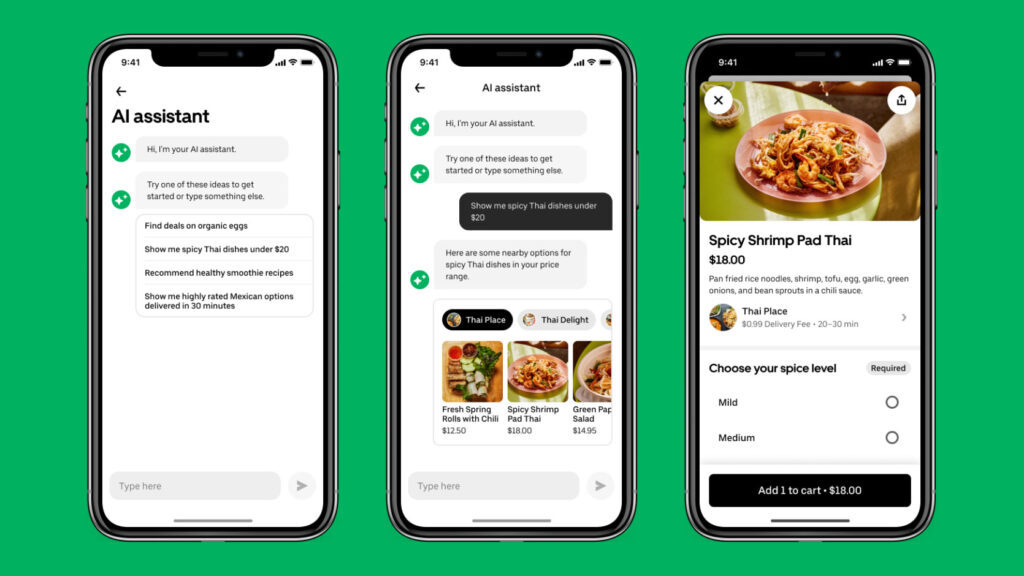
Above all, the success of a delivery app development project hinges on its focus on user experience. A clean interface, headache-free payment options, proper client support are essential if you want to compete with giants like Glovo or Uber Eats.
Navigating Different Market Niches: Local, Retail, Package Delivery and More
Local Delivery
Local delivery is all about being fast and flexible. For example, if you forget your medication or need groceries right away, these services can help. They focus on small areas to quickly handle last-minute requests.
Retail Delivery
Retail delivery brings what you need right to your door. Clothes, gadgets, or even household items can be ordered without a trip to the store. The tricky part is keeping stock updated, but it’s worth it for the ease it provides.
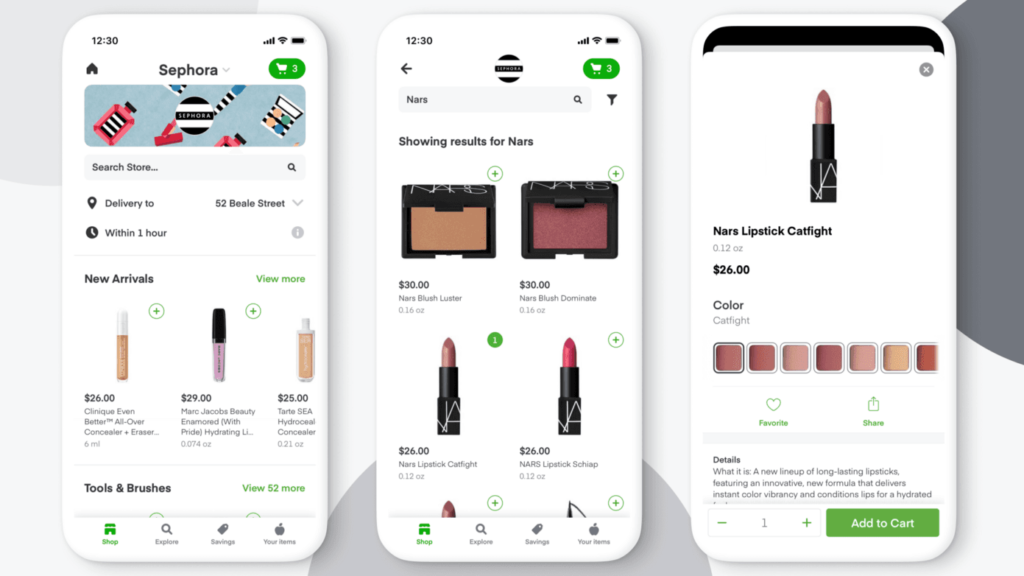
Package Delivery
Need to send important documents or a large parcel? Package delivery makes sure it gets there safely. For example, many online shoppers use these services for same-day shipping or sending gifts. Companies use tracking and smart routes to get items to their destination on time.
Food Delivery
Craving a restaurant meal at home? Apps like Uber Eats and DoorDash deliver meals straight to you. They make ordering simple with easy menus and live tracking. The main challenge is keeping up with rush hours and ensuring food arrives fresh.
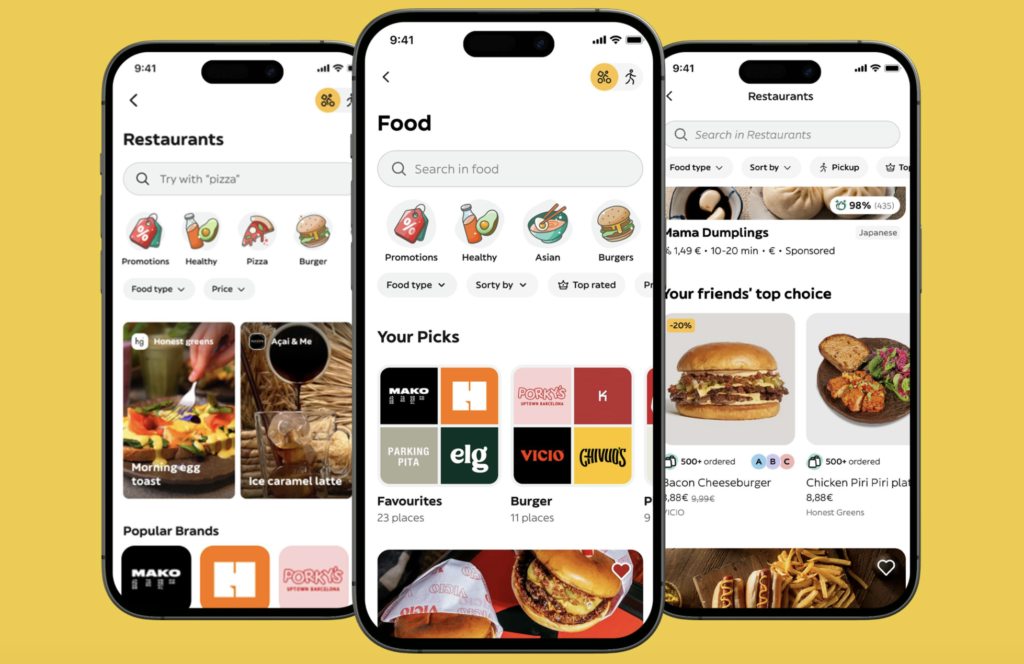
Grocery Delivery
Skip the store and get groceries delivered to your door with apps like Instacart. They save you time and even replace out-of-stock items with similar ones. These apps work closely with local supermarkets to keep everything running smoothly.
Types and Business Models of Delivery Apps
Commission-Based Model
Apps operating under this model charge a percentage-based fee for each transaction. The advantage here is scalability, as the app earns with every order. However, high commission rates can strain partnerships with small businesses, making it challenging for either party to generate significant profit.
Subscription-Based Model
Apps like Instacart offer subscription plans that provide unlimited deliveries for a fixed monthly or annual fee. This model works well in generating predictable revenue streams. While appealing for frequent users, occasional customers may shy away, thus limiting growth within broader market segments.
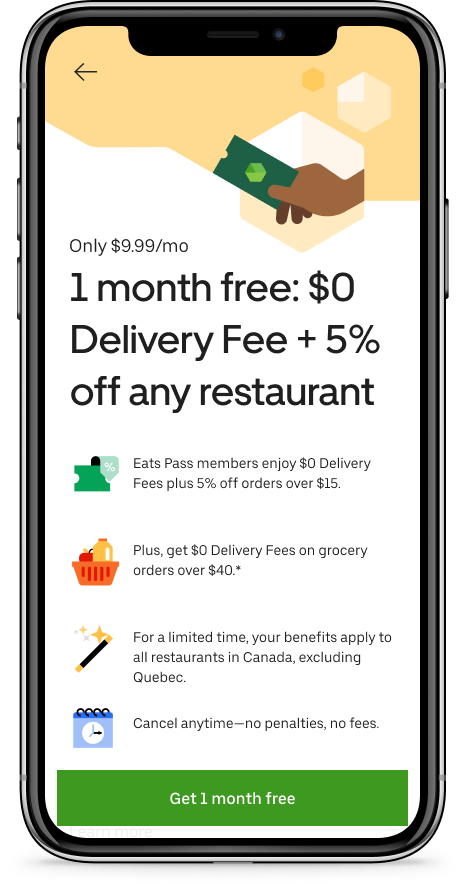
Freemium Model
Freemium models offer basic app services for free, with premium features requiring payment. For example, some food delivery apps may provide priority customer support or waive small order fees for paying members. The upside of freemium models is their ability to attract widespread usage. The downside? Converting free users into paying customers requires continuous innovation and value additions.
Aggregator Model
This model is popular among food and grocery delivery apps. Aggregator apps act as middlemen, connecting users with a network of service providers. They collect fees from partner businesses for the enhanced visibility and order generation. Apps like DoorDash and Postmates fit this category.
Marketplace Model with Logistics
Some delivery apps also take on the responsibility of logistics, managing their own fleet of delivery agents. Apps like Deliveroo exemplify this model, handling both platform operations and order fulfillment. While this offers enhanced control over the customer experience, the model can be challenging due to high operational costs.
Operating on Various Business Models: P2P, B2C, B2B
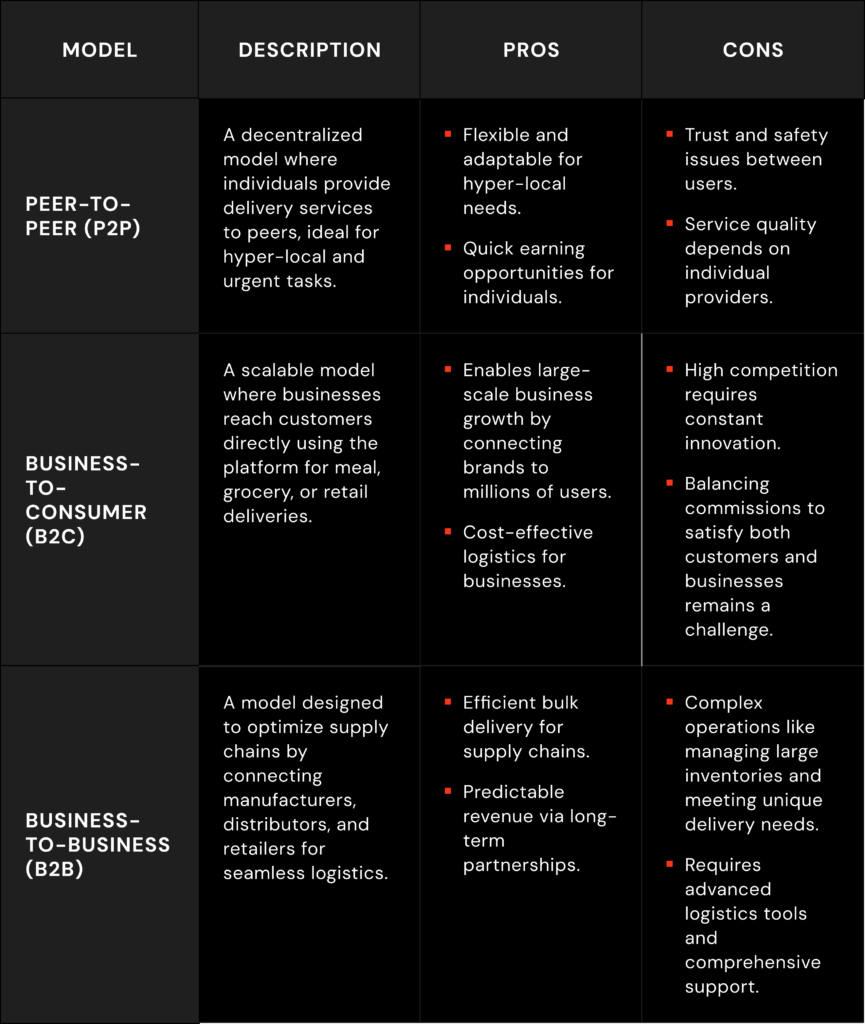
Main Features Across Delivery Apps
Delivery platforms are a complete ecosystem that connects businesses, customers, and couriers. How can you ensure all parties remain satisfied? Let’s explore the functionalities that should be included in an app to achieve this.
For Customers
Simple Registration and Login
The simpler, the better. The authorization process should be easy, such as logging in via a phone number or social media. This way, users won’t waste time and can start using the app immediately.
Search and Filters
Showcase top businesses (restaurants, stores, service providers) on the home page, but don’t stop there. Incorporating search and filters by type or price range will help users find what they need quicker.
Flexible Payment Options
Set up multiple payment methods for orders, such as card payments, e-wallets, or cash.
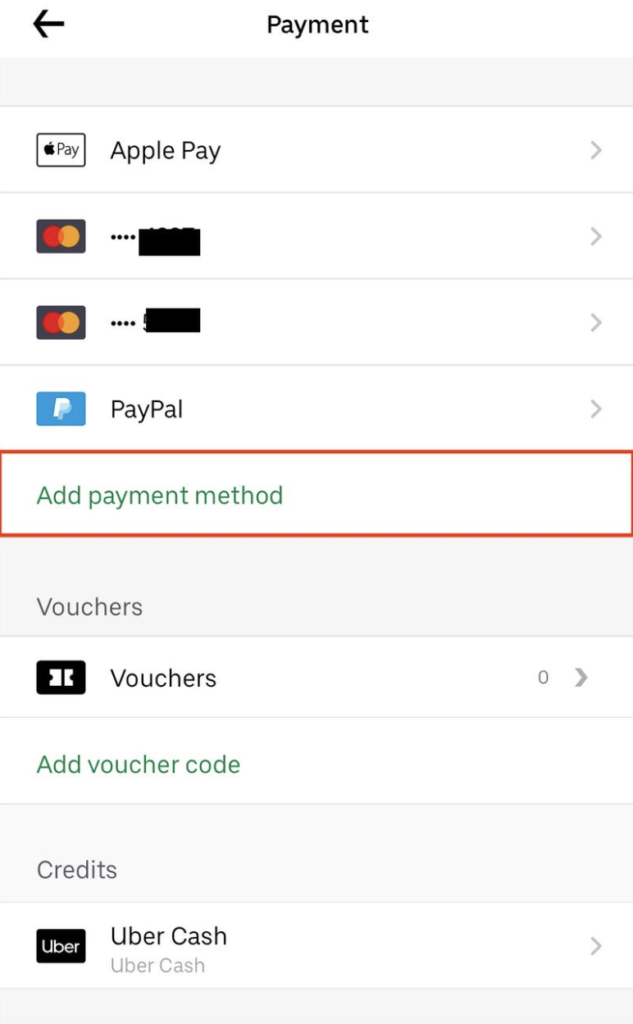
Delivery Time and Address Selection
Allow customers to choose a delivery time and save multiple addresses. For instance, they can arrange a delivery for when they’ve just arrived home.
Geolocation
Integration with maps will speed up the order placement process by automatically determining the user’s location.
Order Tracking
Users want to know exactly where their order is. A tracking feature will provide essential updates, and you can even add mini-games or useful tips to uplift their mood.
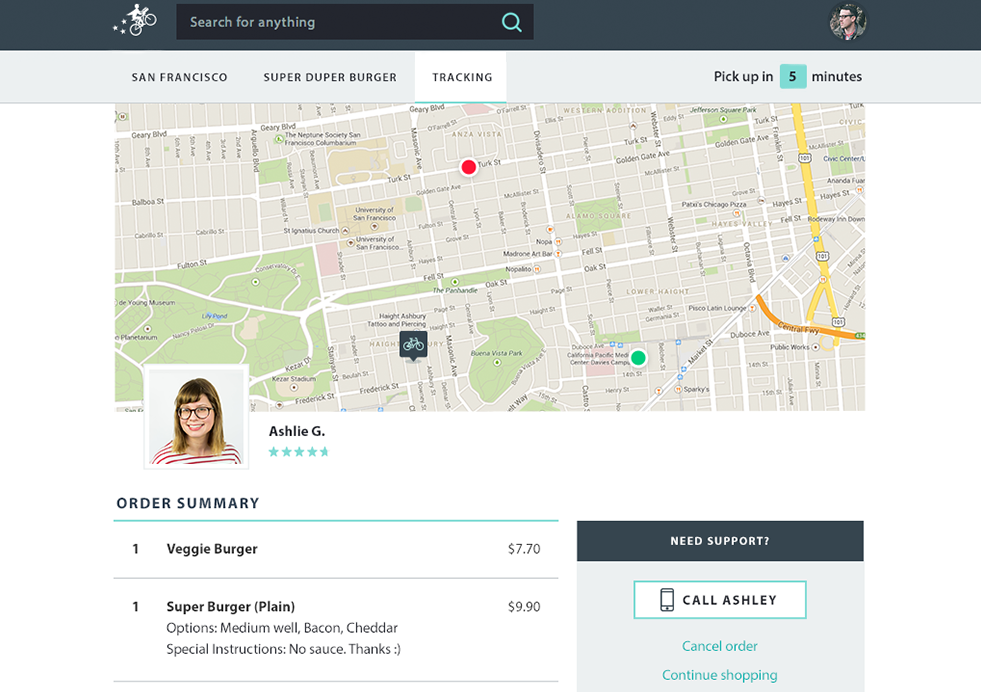
Push Notifications
Notifications will keep users informed about their order status. Additionally, they can be used to notify users about discounts and promotions.
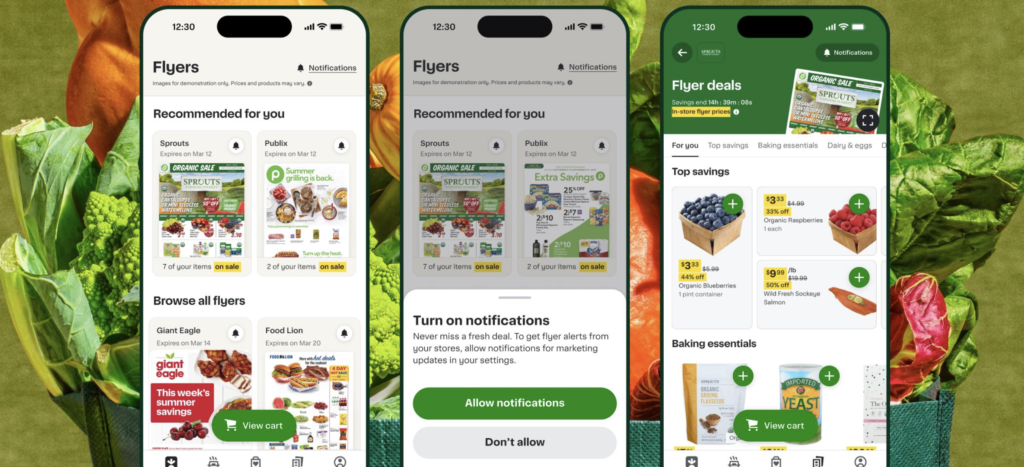
Chat with the Courier
Enable customers to communicate with the courier through a chat function to specify their location or provide additional delivery instructions.
Ratings and Reviews
Reviews and ratings help businesses improve their services and allow users to make more informed choices.
Promotions and Discounts
Create a system of bonuses and promotions to encourage customers to use the app more frequently.
Customer Support
Make a delivery app that provides support through chatbots and operators to resolve user inquiries promptly.
For Businesses
Convenient Management Dashboard
This is the primary tool for processing orders. The simpler the interface, the faster a company can handle orders and work with customers.
Catalog Editing
A menu editor allows businesses to update information on dishes/services/products, remove unavailable items, and add new ones so customers always see an up-to-date list.
Order Management
Businesses should have the ability to accept or reject orders depending on their workload and efficiently process all incoming requests.
Notifications
Notifications about new orders and updates to ongoing ones help providers stay on top of all events.
Inventory Control
Keeping accurate inventory information prevents unpleasant surprises for customers when an item or dish is unavailable for order.
Delivery Zone Settings
Companies can define how far they are willing to deliver orders, optimizing routes and ensuring deliveries are completed on time.
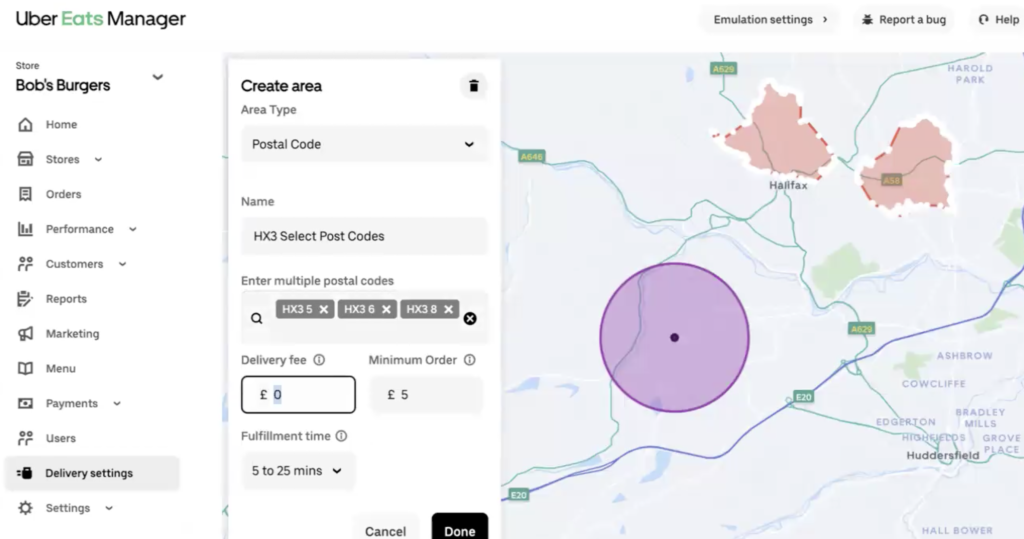
Analytics for Decision-Making
With data analysis tools, businesses can improve their services, identify popular products, and enhance operational efficiency.
Transparent Interactions with Customers
Responding to reviews and comments builds trust with customers, making them more loyal.
Promotions and Discounts
Businesses can create special offers to attract new and retain existing customers.
For Couriers
Registration
A simple process where providing a phone number is enough to get started.
Order List
All orders are listed in a dashboard, allowing couriers to choose a suitable order and begin delivery.
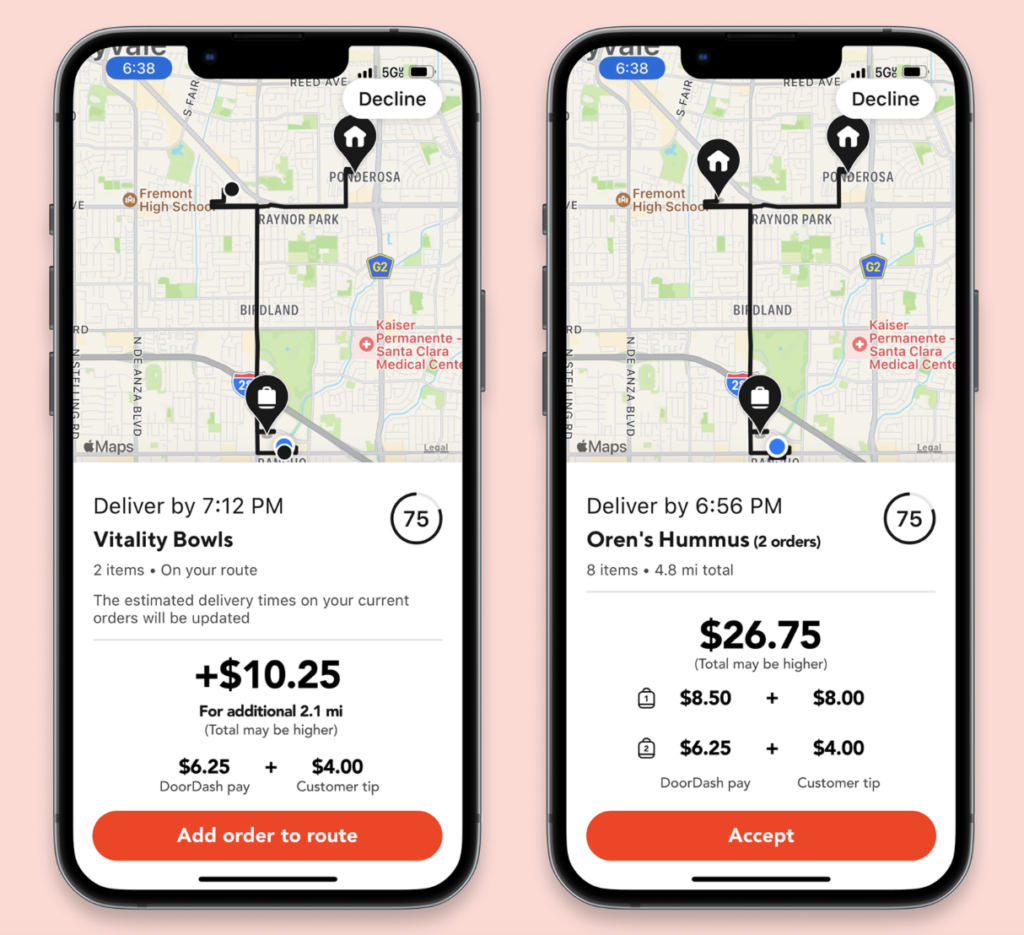
Delivery Status (updated in real-time)
Both the courier and customer should always be aware of the current progress.
Order History
To track the number of completed orders and analyze the performance.
User, Agent, and Vendor Perspectives on App Features
For users, the app’s features revolve around convenience and reliability. Intuitive navigation, seamless payment options, and detailed product descriptions form the foundation of a positive experience.
Agents (couriers) prioritize earnings. So, route optimization powered by GPS could help them save time and fuel aka complete more orders in a day. Earnings transparency is equally crucial.
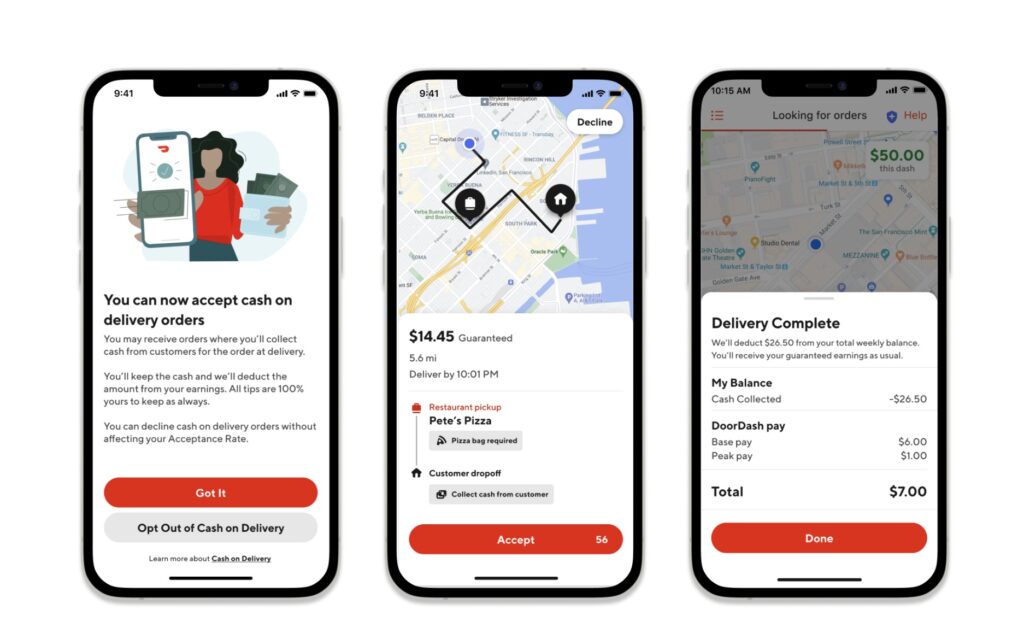
For vendors, whether restaurants, retailers, or local businesses, delivery apps serve as extensions of their operations. Order management features, including instant notifications and dashboards, are essential for processing requests quickly + accurately. Vendors also benefit significantly from data analytics.
Validating Your Delivery App Idea
Turning your idea into a successful platform requires more than just a spark of innovation. Whether you’re planning to make a delivery app in food delivery, grocery services, or niche packages, the key to success lies in thoroughly validating your concept and weighing all factors.
Understanding Target Audience Needs
Conduct surveys, hold focus groups, or engage with potential users directly to uncover their expectations. Are they busy professionals seeking convenience? Small businesses requiring reliable couriers? Pinning down the pain points your audience faces will help shape your app’s features.
Analyzing Competition
Examine existing platforms to pinpoint what they excel at and, more importantly, where they fall short. Identify market gaps that your app can address, such as faster delivery times, lower charges, or superior customer support. Utilizing a SWOT analysis can be particularly beneficial here. Look for references. If you can determine in advance what you like and dislike about other delivery apps, it will be much easier to describe your project vision to developers.
Estimating the Investment
Gain a clear understanding of the associated costs. Besides the actual design and coding, do not forget about the ongoing maintenance. Plus, AI-powered features might significantly increase costs due to their technical demands. What’s more, you will need to keep marketing efforts and setting up a customer support system in mind.
Finding a Reliable Development Partner
Search for delivery app development companies with proven expertise in creating such applications, strong portfolios, and positive reviews. Before initiating a discussion with potential companies, take time to think through how the app should function in your opinion, and carefully listen to what developers suggest to estimate their expertise here.
Designing Your Delivery App: A Strategic Approach
Building a delivery app isn’t just about coding; it’s about making strategic choices at every step. A successful delivery application development project brings together market knowledge and precise planning.
Feature Prioritization for Optimal User Experience
Not all features need to be rolled out at launch. Start with must-haves for the Minimum Viable Product! Essential features like real-time GPS tracking and secure payment systems should be at the top of your list. Leaving costly advanced functionalities for later updates.
Crafting a Development Roadmap and Tech Stack Selection
Set realistic timelines and milestones for every phase. This roadmap should reflect the priorities established in the earlier steps. However, it should also be flexible (be ready for unexpected adjustments!).
When choosing relevant tech stack, consider mobile platform compatibility and frameworks that support basic tasks for this industry: real-time tracking, or integration with 3rd-party services.
Developing a Minimum Viable Product (MVP) App
Creating an MVP is a smart way to validate your concept without big upfront investment. An MVP focuses on core functionalities that solve key user problems. Test your app with real users, gather their feedback, and refine the final product!
Conclusion: Charting the Course for Delivery App Success
By 2024, food delivery platforms were handling billions of orders every single day. The industry is still growing. Thus, an ideal moment to launch your own application is RIGHT NOW. The market has room for new players! And you should take this opportunity.
A common question we hear is, “How do I get started building a delivery app?” There are a few steps you should do first:
- define your niche
- choose a business model
- analyze your target users
- find a reliable tech partner which will turn your idea into the functional product.
Ein-des-ein is ready to help you achieve your ambitious goals!
FAQ
-
How much does it typically cost to develop a delivery app, and what factors influence the overall investment?
- The delivery application development cost usually ranges from $30,000 to $200,000. The final prices depend on many factors like project complexity and functionality. Additional elements such as post-launch maintenance also contribute to the final cost. If you wonder how to make a delivery service app within a strict budget, it is important to collaborate with an experienced development partner. They will help you optimize resources.
-
What are the key features that contribute to the success of a delivery app?
- So, how to make a delivery app with a user-friendly interface? Offer stress-free registration, real-time tracking, popular payment options, and push notifications. It is always a plus to offer personalized features and loyalty programs, as they encourage repeat usage.
-
What is the significance of live tracking, GPS navigation, and in-app chat in a delivery app?
-
If you plan to create a delivery app that brings value for all involved parties, remember:
- Live tracking provides users with transparency and confidence. They want to know exactly where their order is in real-time!
- GPS navigation supports agents in optimizing routes. You can reduce delivery time and costs PLUS improve service reliability!
- In-app chat allows users, agents, and vendors to quickly address concerns. So it is not a good idea NOT to include this feature, it is a must-have here!